Hawaii’s Big Island, renowned for its stunning landscapes and unique ecosystems, is a haven for a wide array of flora and fauna. From the lush rainforests to the volcanic terrains and the pristine beaches, the island’s geography has fostered a fascinating diversity of life. Home to both native and introduced species, it offers a captivating exploration for botanists, zoologists, and nature enthusiasts alike. This post will delve into the rich tapestry of life on Hawaii’s Big Island, unraveling the stories of its plants and animals.
The Island’s Diverse Ecosystems: A Tapestry of Life
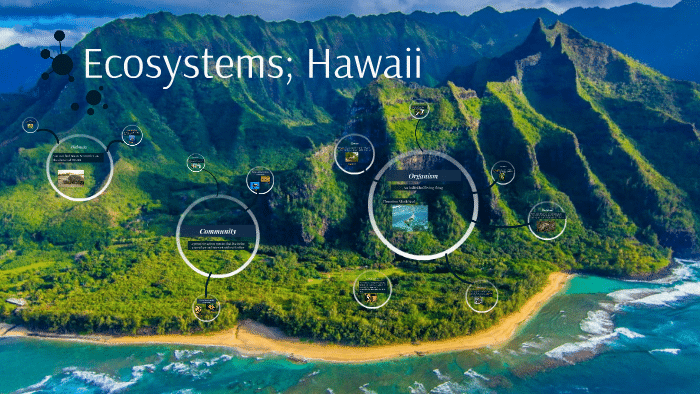
The Big Island’s geographical diversity has resulted in several distinct ecosystems that contribute to the richness of its plant and animal life. The presence of active volcanoes, rainforests, and coastal areas allows for various habitats that accommodate a multitude of species. From the fiery volcanic terrains to the serene rainforests, each environment plays a critical role in shaping the island’s biodiversity.
The altitude and climatic variations further enrich the ecological complexity. In the cooler highlands, one can find species adapted to temperate conditions, while the coastal regions foster life accustomed to tropical climates. Such diversity ensures a continual interplay between different species, forming a complex, balanced ecosystem that promises endless discoveries. In the following sections, you will get a closer look at the diverse flora and fauna found on the island.
Native Plants
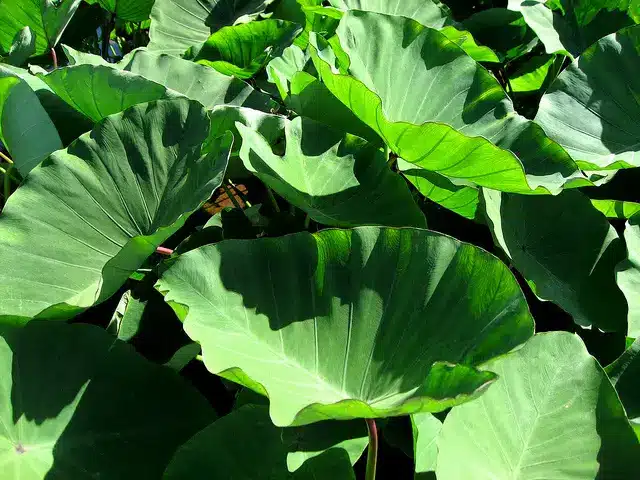
Hawaii’s native plants have evolved in isolation, resulting in a multitude of unique species, such as the Ōhiʻa Lehua tree. These plants not only stand as a symbol of Hawaii’s natural heritage but also play a vital role in sustaining the ecosystem. They provide shelter and food for numerous animals, including many endangered species, and form the backbone of the island’s environmental stability.
Conversely, the cultural significance of native plants like the Kalo (taro) transcends their ecological importance. For centuries, they have been central to traditional Hawaiian culture, medicine, and cuisine. Preservation of these plants ensures the continuity of native Hawaiian practices and strengthens the cultural connection to the land.
Introduced Plants
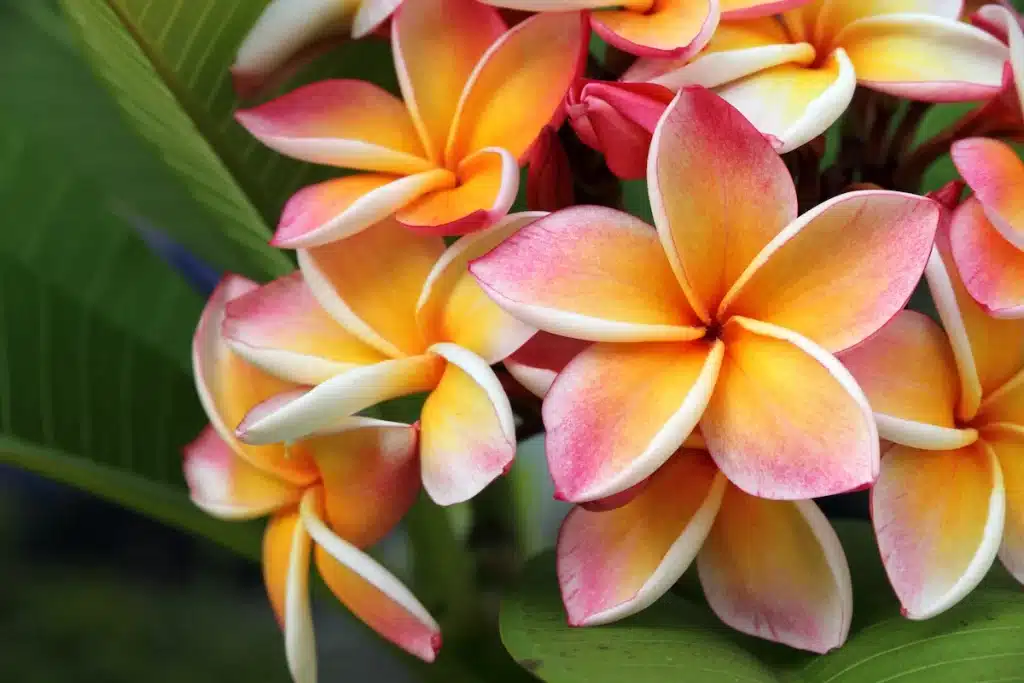
Introduced plants, such as the ornamental Plumeria, have also become an integral part of Hawaii’s landscape. Brought by explorers, settlers, and traders, these exotic species have often been embraced for their beauty and utility. Some, like coffee and macadamia nuts, have even turned into vital agricultural commodities for the island’s economy.
Unfortunately, not all introduced plants have been beneficial. Some, like the invasive Miconia, have disrupted the native ecosystem, outcompeting local species and altering the habitat. These challenges prompt continuous monitoring and control to maintain a balance between preserving the indigenous flora and accommodating valuable introduced species, highlighting the complex relationship between native and foreign plant life.
Rare And Endangered Flora
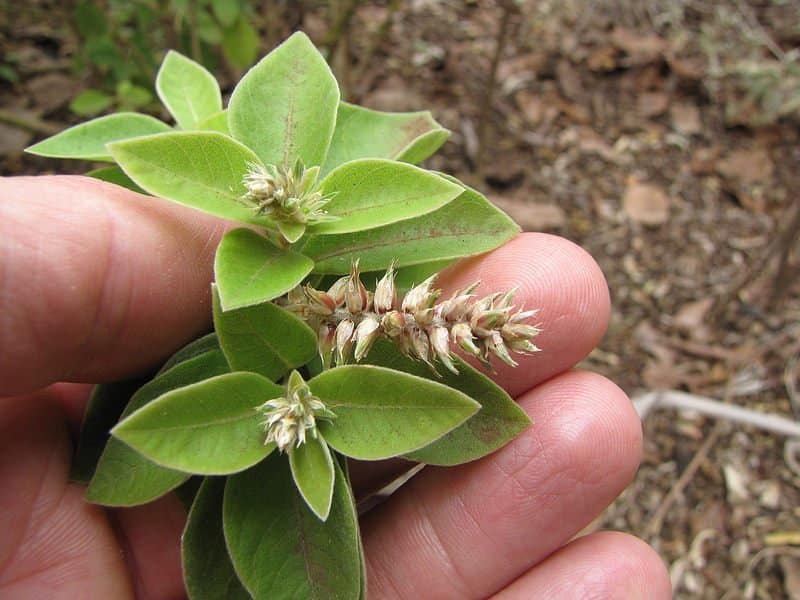
Rare and endangered flora, such as the Hawai’i Chaff Flower, showcase the fragility of the island’s ecosystem. Many of these species are teetering on the brink of extinction; their numbers dwindled by habitat loss, invasive species, and climate change. Their scarcity highlights the urgency of concerted conservation efforts, including habitat restoration and protection against non-native species.
Community involvement, governmental support, and international collaboration have begun to make a positive impact in preserving these invaluable species. Initiatives such as seed banking, controlled breeding, and educational programs aim to not only protect but to revive the populations of these unique plants. The success of these efforts holds the key to preserving Hawaii’s botanical heritage for future generations.
Native Fauna
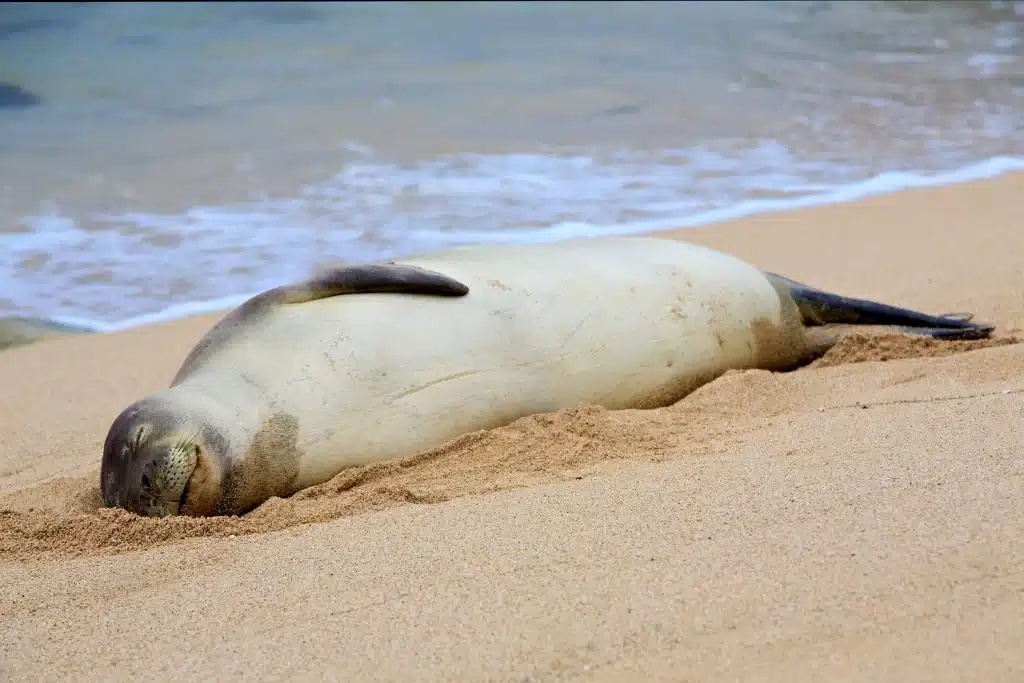
Native animals like the Hawaiian Monk Seal and the Hoary Bat exemplify the island’s distinctive fauna. These species have adapted to the Big Island’s unique environment, forming ecological relationships that are crucial for the balance of the local ecosystem. Their survival and prosperity are intertwined with the health of the entire biosphere of the island.
However, the native fauna faces threats from habitat loss, human activities, and introduced predators. Conservationists and local authorities are working tirelessly to protect these creatures through habitat restoration, legal protections, and community education. These combined efforts seek to ensure that Hawaii’s native fauna continues to thrive and fascinate both locals and visitors alike.
Introduced Fauna
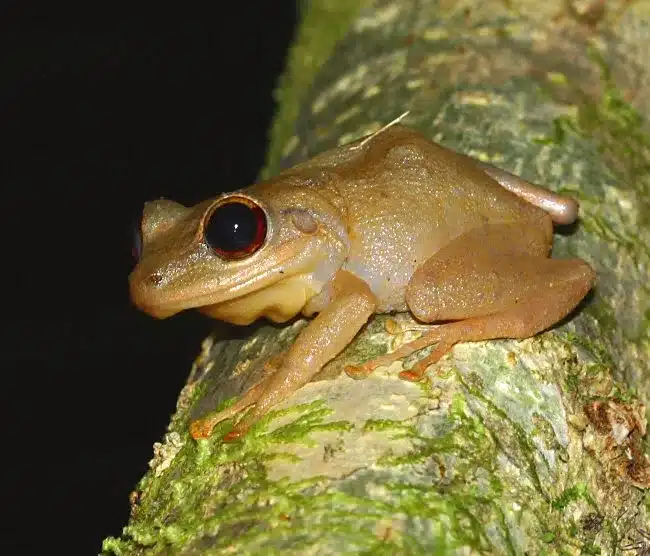
The introduction of certain fauna species, like the mongoose and the coqui frog, has had both positive and negative effects on Hawaii’s Big Island. These introduced species have left a complex impact on the island’s ecosystem, influencing it in various ways. While some introduced species have integrated well, others have become invasive, threatening native species and altering the natural balance. Their unchecked proliferation can lead to unforeseen consequences, demanding vigilant monitoring and control.
Addressing the challenges posed by introduced fauna requires a multifaceted approach. From public awareness campaigns to regulatory measures, the island’s authorities, and conservation groups are engaging in relentless efforts to mitigate the negative effects. Their work includes careful monitoring, humane control, and, where necessary, eradication of invasive species, all aimed at preserving the unique character of Hawaii’s ecosystem.
Marine Life
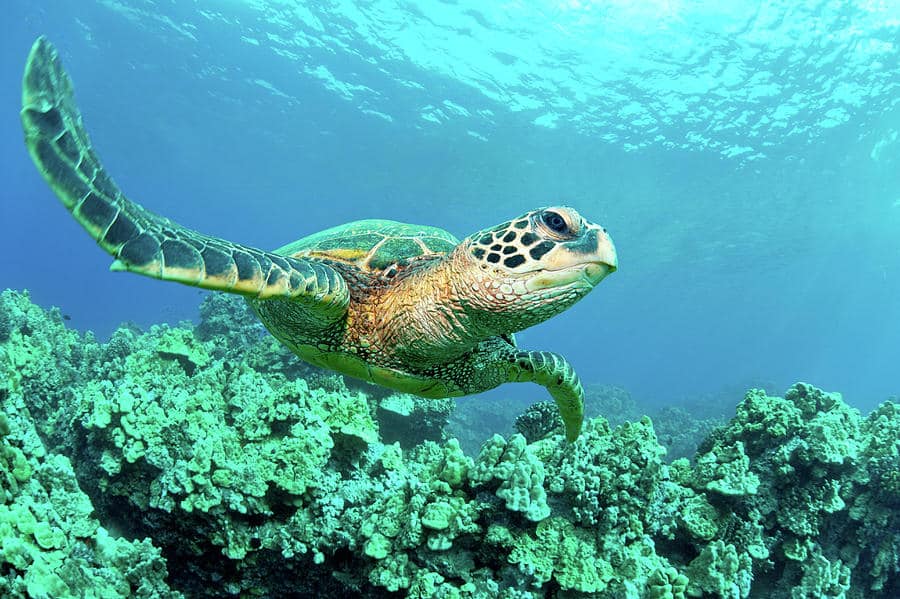
The waters surrounding Hawaii’s Big Island are teeming with marine life, from vibrant coral reefs to majestic sea turtles and humpback whales. The coral reefs serve as the cradle for a myriad of sea creatures, making them vital for the marine ecosystem. They not only provide food and shelter but also act as a barometer for the overall health of the ocean.
However, the marine ecosystem is under threat from overfishing, pollution, and climate change. Warming waters and ocean acidification are causing coral bleaching, endangering the entire marine food chain. Conservationists, scientists, and local communities actively protect and restore these underwater treasures through sustainable practices, marine reserves, and eco-friendly tourism. Their endeavors are a beacon of hope for the preservation of the island’s rich marine heritage.
Bird Life
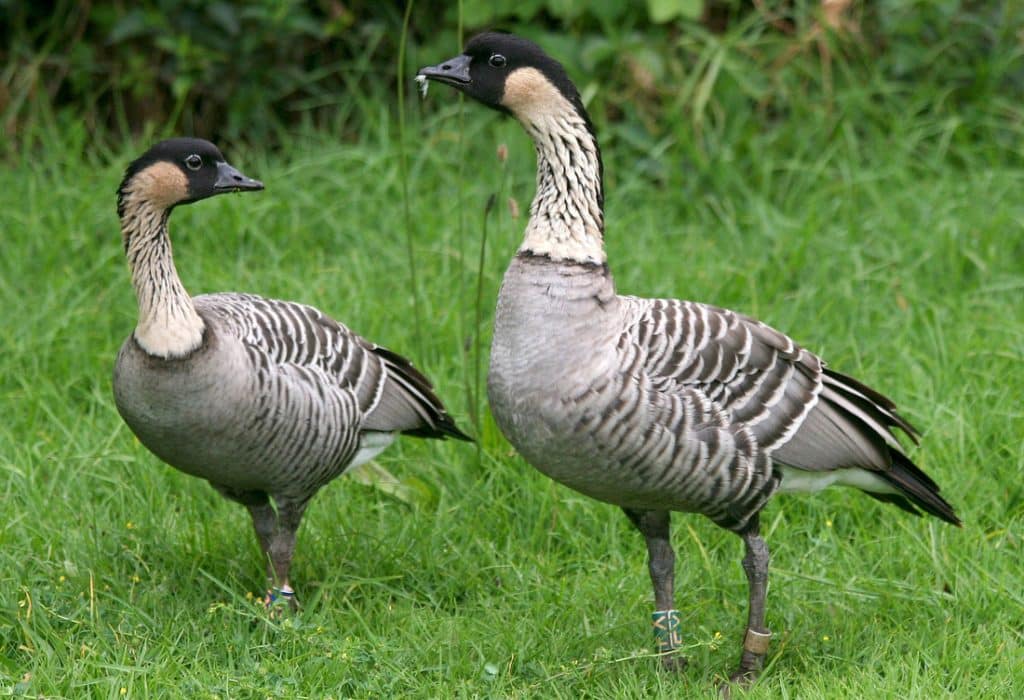
The Big Island’s bird life is a feast for the eyes, hosting unique species like the Nēnē, Hawaii’s state bird, and the colorful Honeycreeper. Many of these species are found nowhere else in the world, making them a focal point for bird enthusiasts and conservationists alike. From the mountainous regions to the coastal lowlands, these birds play essential roles in pollination and seed dispersal, contributing to the island’s ecological health.
Unfortunately, some of Hawaii’s unique birds are facing severe threats from habitat destruction, diseases, and invasive species. Conservation groups are engaged in habitat restoration, breeding programs, and public education to reverse the decline. The success of these efforts would not only preserve the beauty of the island’s avian life but also contribute to the broader ecological balance.
Ecotourism And Community Involvement
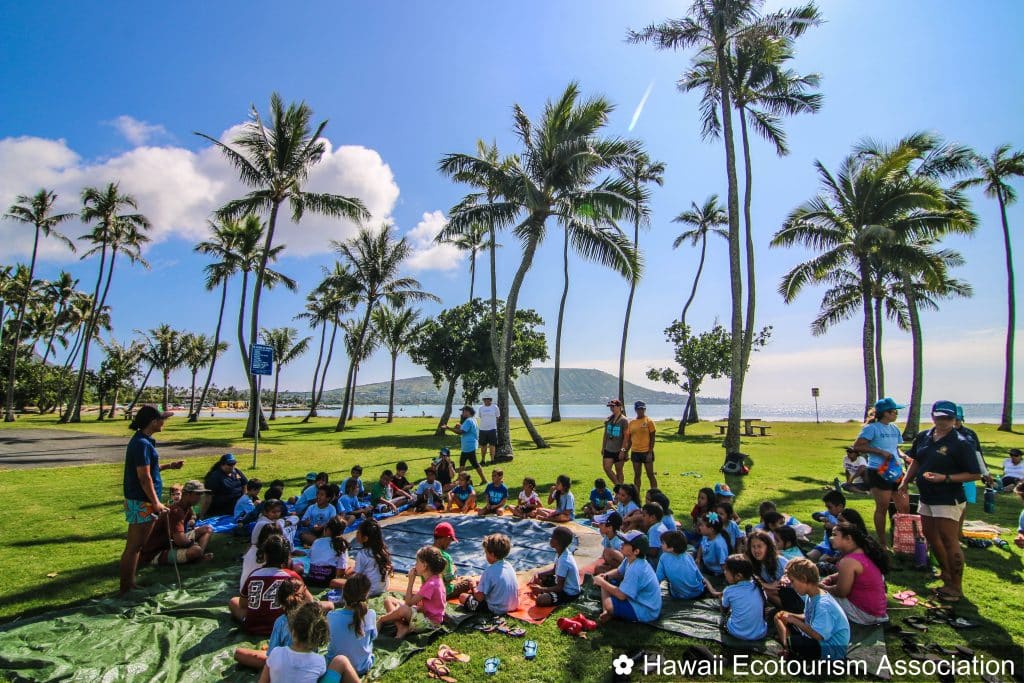
Ecotourism has emerged as a powerful force in preserving Hawaii’s natural treasures, encouraging responsible travel that respects the environment and local culture. From guided eco-tours to volunteer programs, visitors can immerse themselves in the island’s natural wonders without causing harm. This responsible approach ensures that tourism contributes positively to the economy without sacrificing ecological integrity.
Community involvement has also been crucial in conservation efforts on the Big Island. Local communities are often the stewards of the land, actively participating in restoration projects and sustainable practices. By integrating traditional knowledge with modern conservation techniques, they are ensuring that the unique flora and fauna of the island are preserved for generations to come.
Preserving The Rich Legacy of Hawaii’s Flora and Fauna
Hawaii’s Big Island is a living testament to the wonders of nature, a unique fusion of ecosystems boasting remarkable flora and fauna. The interplay between native and introduced species, land and sea, conservation, and community paints a vibrant picture of life and environmental stewardship. Continued commitment to conservation, sustainability, and community collaboration will ensure that this precious biological heritage remains a source of awe and inspiration for generations to come!
